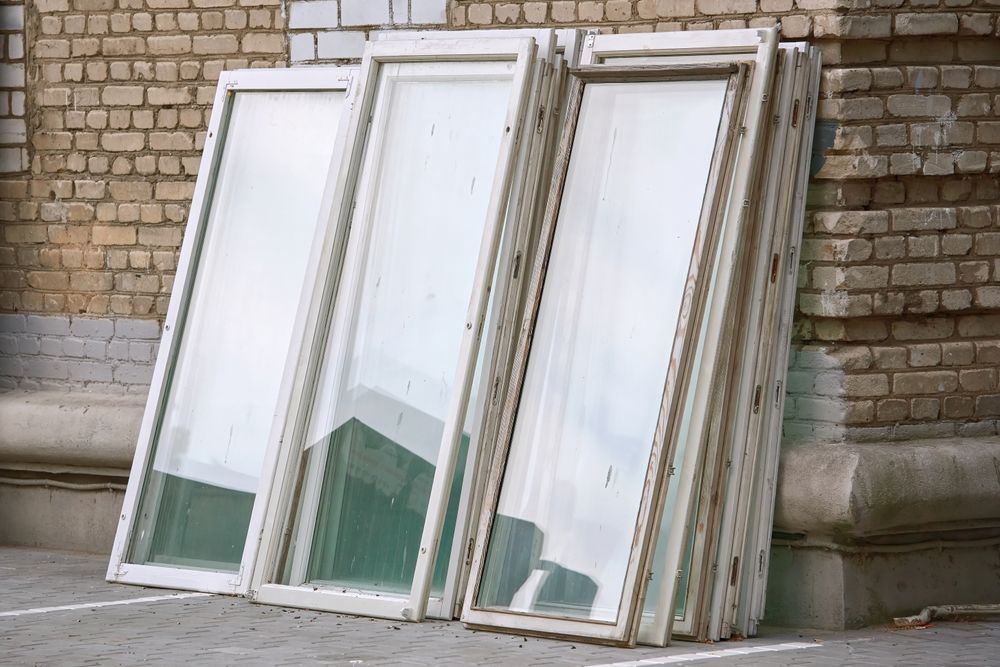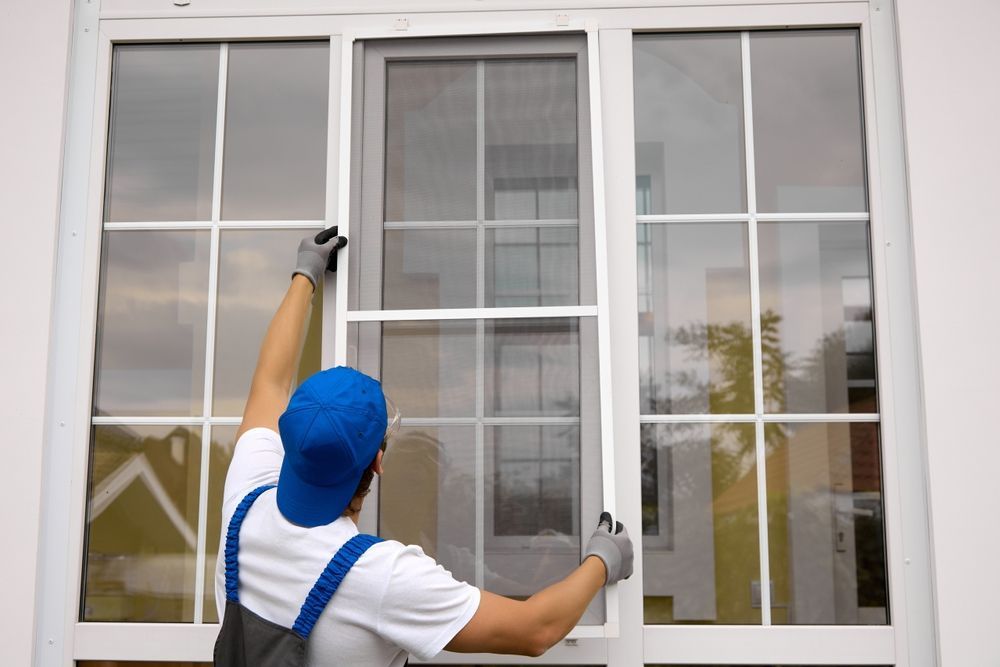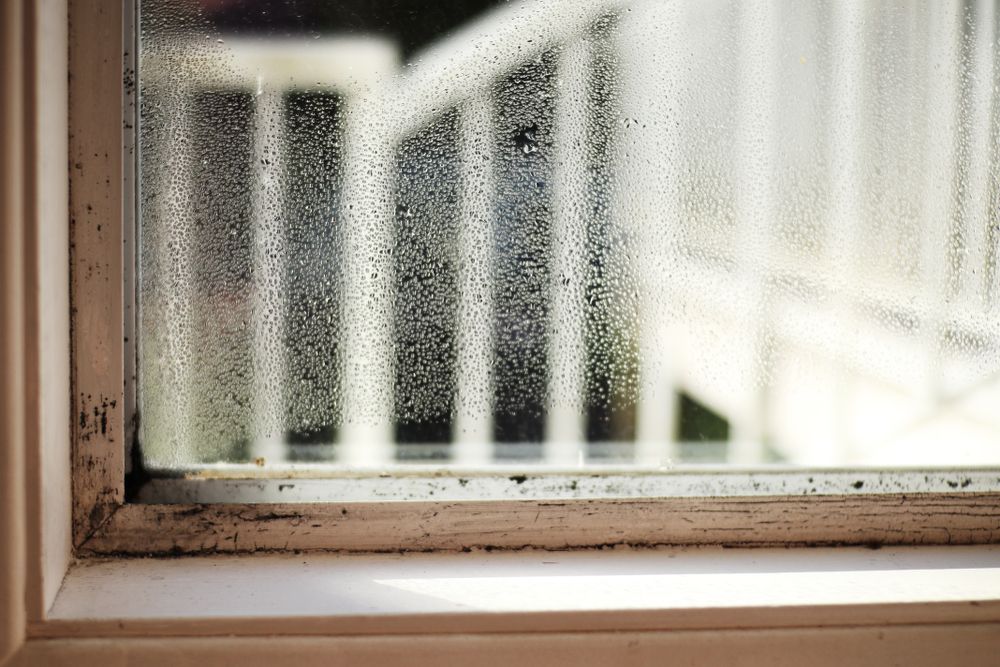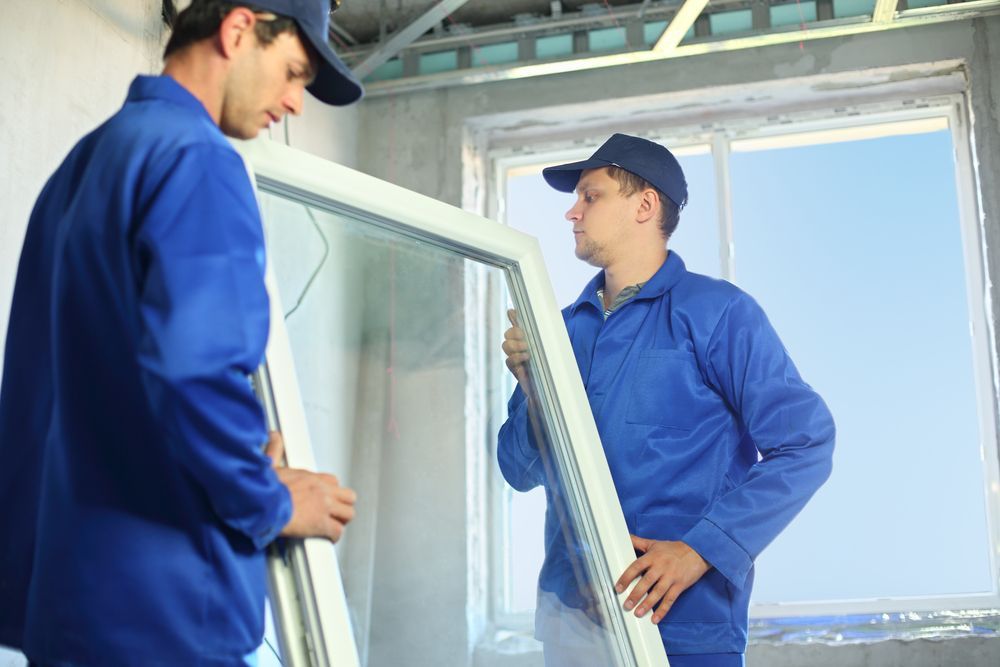Comparing Replacement vs New Construction Windows
November 17, 2025
Share this Article:
Window projects come in different shapes, depending on the home and the goal. Some homes need a full refresh after years of wear and drafts, while others just need a more efficient glass upgrade. That’s where understanding the difference between insert window installation and full frame replacement becomes important. Each method serves a purpose, and knowing which one fits your home can save time, money, and a few headaches.
Full Frame vs Insert Window Installation: What’s the Difference?
The main difference comes down to how much of the window and surrounding structure is being replaced.
Insert window installation (sometimes called pocket installation) means sliding a new window into your existing frame without touching the surrounding siding or interior trim. It’s ideal when the frame is still solid, square, and in good condition.
Full frame replacement takes everything out, including the window, the frame, and often the interior and exterior trim. It allows for a complete reset, which is helpful if the original frame is damaged or if you’re ready to change the size, style, or shape of the window opening.

Insert Window Installation:
- Fits into the existing frame
- Less disruption to siding or interior trim
- Typically faster and more affordable
- Best when the frame is still in good shape
- Limited flexibility in size and style
Full Frame Replacement:
- Removes the entire window and frame
- Allows for inspection and repair of the rough opening
- Ideal for damaged frames or size/style changes
- Offers better insulation and long-term performance
- More labor-intensive and usually higher in cost
Both installation methods are valuable, but choosing the right one depends on
your home’s condition and your project goals. Woodland carries a wide selection of
trusted brands to match your style, budget, and performance needs.
Signs It’s Time for Replacement Windows
Old windows don’t always scream for attention, but they do show signs when it’s time for an upgrade. Drafts and rising energy bills are some of the most common red flags. If your windows are tough to open, foggy, or starting to show signs of rot, it’s worth exploring your options.
Look for these common issues:
- Cold air leaks or noticeable drafts near windows
- Condensation or fog between glass panes
- Soft, warped, or rotting window frames
- Windows that stick or won’t stay open
- More outside noise filtering in
- Steady increases in heating or cooling costs
If the frames are still intact, an insert installation might be all you need. But if you’re seeing signs of damage or if you’re looking to change your windows entirely, full-frame replacement is the better route.
Where Full Frame Replacement Makes Sense
Full-frame installation is best when there’s structural damage around the window, or when you’re changing the style or size. Because everything is removed down to the studs, it allows for proper sealing, insulation, and flashing, which is critical for long-term performance.
This method is also a smart choice when:
- The current frames are warped, rotten, or out of square
- You’re switching to a different window style (like going from double-hung to a casement)
- You want to increase the glass area for better views or natural light
It takes more time and labor, but the benefits in comfort, efficiency, and design flexibility often make it worth it, especially in older homes or during larger upgrades.
Cost Comparison: Which Option Fits Your Budget?
The total cost of a window replacement project depends on more than just the window itself. Labor, materials, and how much of the surrounding wall needs attention all factor in.
| Feature | Insert Installation | Full Frame Replacement |
|---|---|---|
| Installation Cost | Lower | Higher |
| Labor Involved | Minimal | Extensive |
| Project Scope | Simple window updates | Major upgrades or structural fixes |
| Best For | Budget-conscious improvements | Homes with damage or design changes |
| Timeline | Shorter | Longer |
Insert windows usually offer a quicker, more cost-effective update. Full frame replacements involve more work, but they offer a fresh start and greater design freedom.
Energy Efficiency and Design Flexibility

Both installation methods can help improve energy efficiency, but full-frame replacement gives you a bit more control. Because everything is exposed, installers can fully insulate the opening and ensure a weather-tight fit. It’s a clean slate.
Insert windows still deliver strong performance, especially when paired with low-E glass, argon-filled panes, and other energy-smart upgrades. But they rely on the integrity of the existing frame, so the efficiency gains may not be as dramatic if the frame is worn or poorly insulated.
If you're looking for a specific architectural style, larger glass area, or a completely new window configuration, a full frame gives you that flexibility.
Choosing the Right Window Installation for Your Home
Deciding between insert and full-frame window installation depends on your home’s condition, how extensive your project is, and what kind of change you’re looking for.
If your frames are still in great shape and you just want better energy efficiency or an updated style, insert windows keep things simple. But if your windows are failing, frames are damaged, or you're rethinking your design altogether, full frame replacement gives you the fresh start you need.
At Woodland, we help homeowners sort through these choices with expert advice and zero pressure. Whether you’re updating one room or tackling a bigger home refresh, we’re here with design support, high-performance products, and professional installation.
Stop by our showroom,
request a free consultation, or send us your plans. We’ll help you find the right window solution for your home.
Connect with Us:




